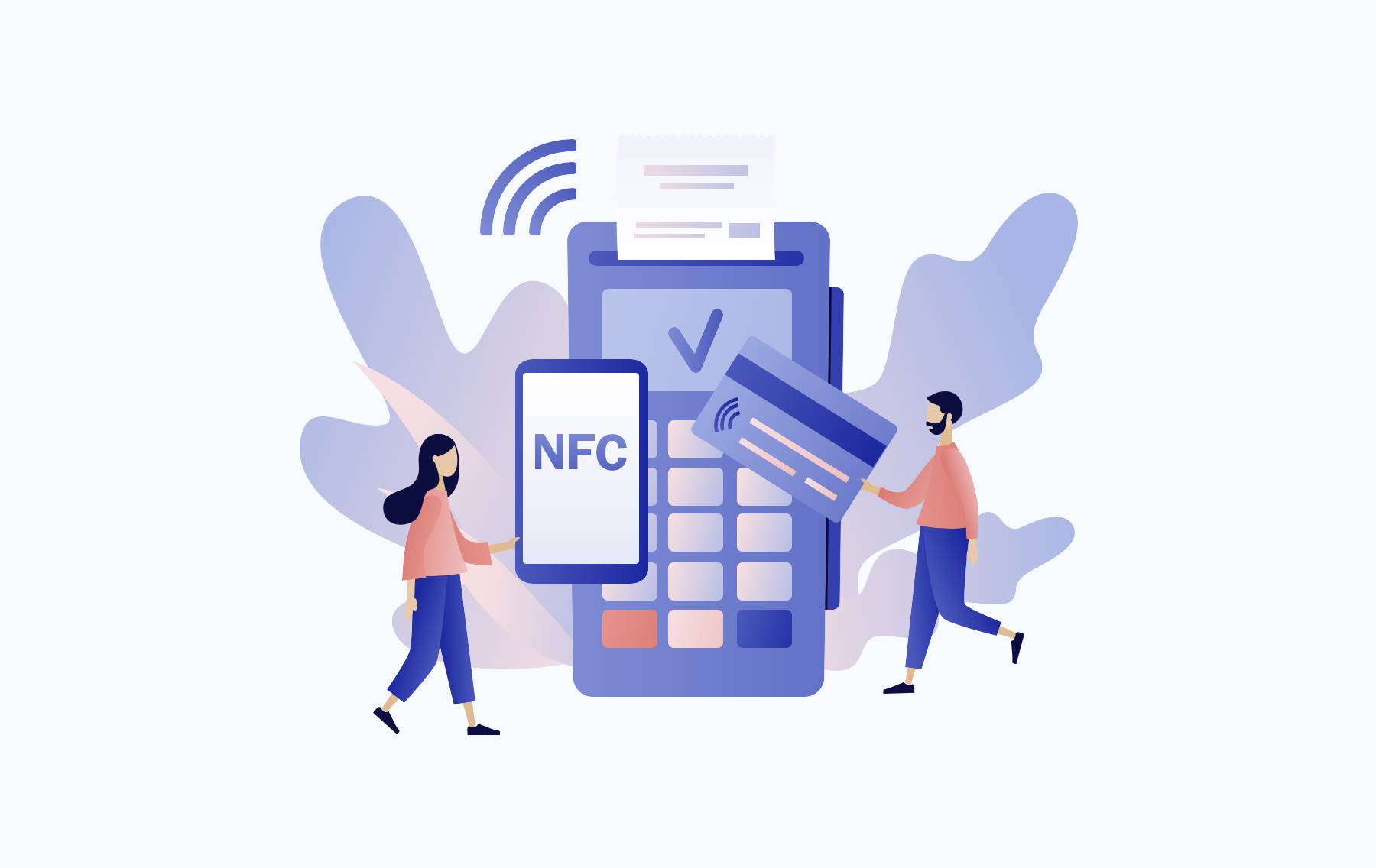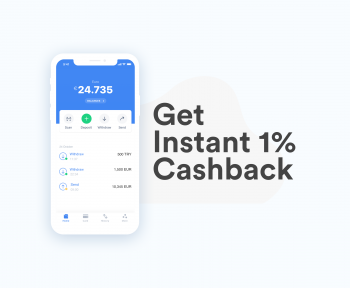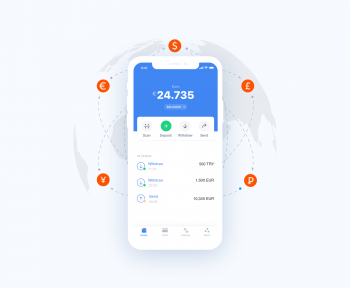Name us one thing that is considered filthy, although somehow we all need to contact it daily. Yes! Cash! In a world where our hands have changed skin countless times due to washing and using strong sterilizers, who want to touch a piece of paper and metal transmitting all viruses and germs from one hand to another. In the latest survey applied to 22 European countries, 58.4% of respondents stated that their payment habits have changed during the pandemic, and they prefer to shop online or contactless payments over hand-to-hand. When this great demand blends with today’s cutting-edge technology, a new way of payment appears; an option with neither passwords nor insert of the card. It is called NFC.
What is NFC?
NFC (Near-Field-Communication) is a payment option for purchasing services or products via credit cards, debit cards, smart cards, smartphones, and key fobs. This technology is mind-blowing when we think of how functional it can get. Let’s say you are jogging every morning, and you come eye to eye with a gorgeous bouquet of tulips. But you have no cash or anything to pay. Because who wants to carry on the exercise? Or it is The Carnival of Venice, and you desire to have the day most whole on the streets drinking wine and singing. But what about your wallet? In both scenarios, NFC devices can be the hero of the day as a smartwatch or your iPhone. A quick tap of a card or other device near a point-of-sale terminal and you paid. Fast, easy and functional. Moreover, you do not have subsequent contact with POS terminals, cashier desks, or queues. In many ways, contactless payment technology is the smoothest and cleanest way to purchase anything, especially nowadays.
How NFC Payments Work
Although it looks like a cashless life is a 21st-century leap in the dark days of Covid-19, its ancestors, cheques, were the most popular payment method in the banking systems of the ’90s. With the rise of plastic cards, they lost their demand, and it is an excellent base for the forgery of administrative documents. A check can be imitated easily, but it is also impossible to ensure that the writer has sufficient balance in the bank account.
Despite unwholesome methods, NFC uses RFID (Frequency-Identification-Technology), which connects two devices using radio waves with a specific frequency (13.56MHz) that only works when the chips are very close to each other. Since the main goal is always security, the e-wallet owner unlocks the app on their device through a password or fingerprint impression to verify, chooses the payment card, and completes the payment action.
A Cashless World
Many wealthy and foreseeing countries such as Finland, Sweden, China, South Korea, the United Kingdom, and Australia have already doubled their NFC uses in the last 5 years. Cash has become something nobody likes to touch, and the convenience of cashless methods expands day by day around the globe.
Our state-of-art e-wallet, Jeton Wallet, supports NFC! Create your Jeton account now and live the attractive privileges of being on a facility serving custom-made solutions for your needs and expectations! Step into the future with Jeton!



